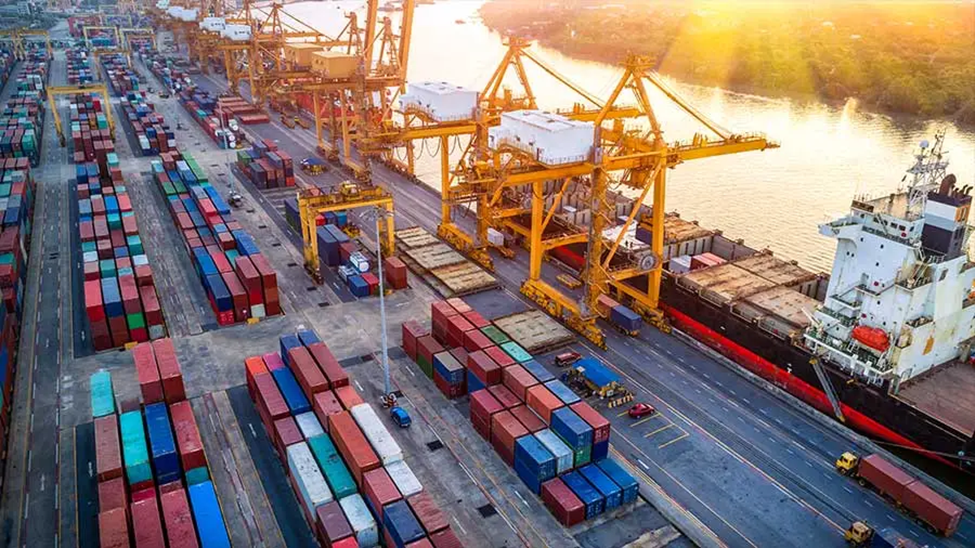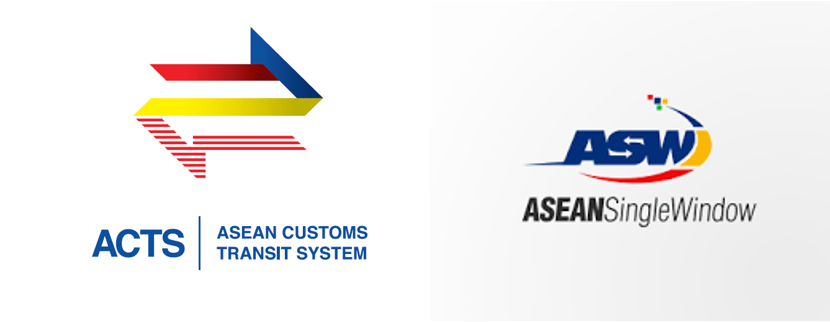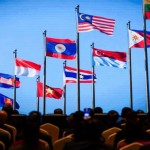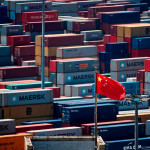Total number of posts 429.
Improving logistics performance is considered one of key factors in boosting intra-ASEAN trade. Trade benefits can be realised through enhancing customs efficiency and infrastructure development.

According to a study published in the Jurnal Ekonomi & Studi Pembangunan, logistics performance has a significant impact on intra-ASEAN trade. The study shows that improving logistics can drive economic integration and trade among ASEAN member states.
The Association of Southeast Asian Nations (ASEAN) has made significant progress in regional economic cooperation, particularly through trade liberalization efforts such as the ASEAN Free Trade Area (AFTA). However, intra-ASEAN trade remains relatively low compared to intra-EU trade. This suggests that the effectiveness and utilization of free trade agreements still depend on several other factors, such as logistics performance.
Based on an analysis of bilateral trade data from the 10 ASEAN member countries from 2007 to 2018, the study found a positive correlation between improved logistics performance and export value within ASEAN. This underscores the importance of cooperative efforts to enhance logistics capacity across the region.
The private sector plays a pivotal role in improving logistics performance through aspects that can be enhanced, such astracking and tracing, logistics services competence, competitive shipment pricing, and timeliness. For instance, the study estimates that a one-unit improvement in competitive shipment pricing can increase export value by USD 1,226,000. Government efforts are equally important, particularly in improving customs efficiency, infrastructure quality, and reducing the time and costs associated with customs paperwork. The study estimates that a one-unit improvement in customs efficiency can increase export value by USD 827,000.
The study highlights disparities in infrastructure and customs efficiency, leading to differences in logistics performance among ASEAN member states. For example, less developed countries in the region with lower-quality trade-related infrastructure, such as ports, roads, and IT infrastructure, and lower efficiency in customs procedures also have lower logistics performance within the region. These disparities emphasize the need to bridge gaps and ensure more uniform logistics performance across the region.
Currently, ASEAN has launched several initiatives to improve logistics performance and facilitate trade within the region, such as the ASEAN Customs Transit System (ACTS) and the ASEAN Single Window, aimed at streamlining customs procedures, reducing export time and costs, and enhancing customs efficiency and connectivity within the region.
The combination of leveraging those regional initiatives to improve logistics performance, facilitate trade, enhance customs efficiency, and develop trade-related infrastructure within member countries will play a crucial role in boosting intra-ASEAN trade.

Source: The study was published in the Jurnal Ekonomi & Studi Pembangunan, Volume 24, Number 1, April 2023














